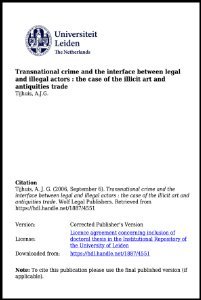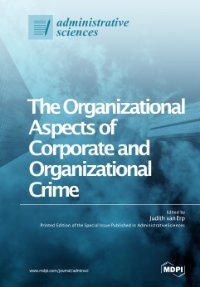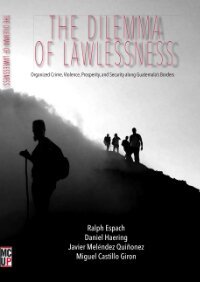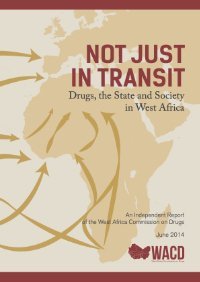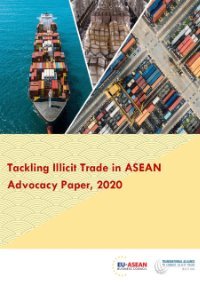By Minna Viuhko and Anniina Jokinen.
Research on human trafficking and organised crime is relatively rare in Finland. During the recent years human trafficking, procuring and prostitution have been studied i.a. in a legal perspective (Roth 2007a; 2007b; 2008), in relation to cross-border prostitution (Marttila 2004; 2005a; 2005b; 2006; 2008), and in the context of commercialisation of sex (Jyrkinen 2005). The problems of identifying the victims of human trafficking (Putkonen 2008) and trafficking in women and illegal immigration (Lehti and Aromaa 2003) have also been examined, as well as the effects of globalization on the sex industry in Finland (Penttinen 2004). In addition, Finnish sex-workers (Kontula 2008), prostitution in Northern Finland (Skaffari and Urponen 2004; Korhonen 2003), sex bars (Lähteenmaa and Näre 1994; Näre and Lähteenmaa 1995; Näre 1998), and sex buyers (Keeler & Jyrkinen 1999) have been the focus of recent research. Also organised pandering and prostitution in Finland was studied in the beginning of the 2000s (Leskinen 2003). Organised crime is scrutinised by Junninen (2006) and Bäckman (2006). However, the connection between human trafficking and organised crime has not been a central focus of any specific recent study in Finland. It also seems that prostitution and procuring markets have changed during the recent years and because of this, new studies on the issue are needed. Although human trafficking, prostitution and organised crime have been researched extensively in the global context, in this report we refer mainly to the earlier Finnish studies. The aim is to provide a comprehensive view of the Finnish prostitution-related human trafficking situation in the context of organised crime. We approach the topic from a sociological perspective and with qualitative methods. This study covers the first decade of the 21st century.
Helsinki: European Institute for Crime Prevention and Control (HEUNI), 2009. 143p.



